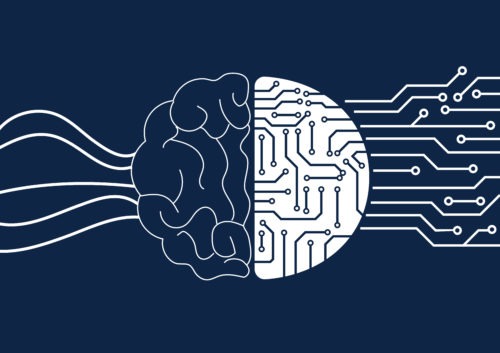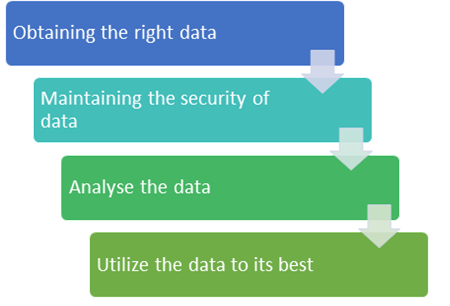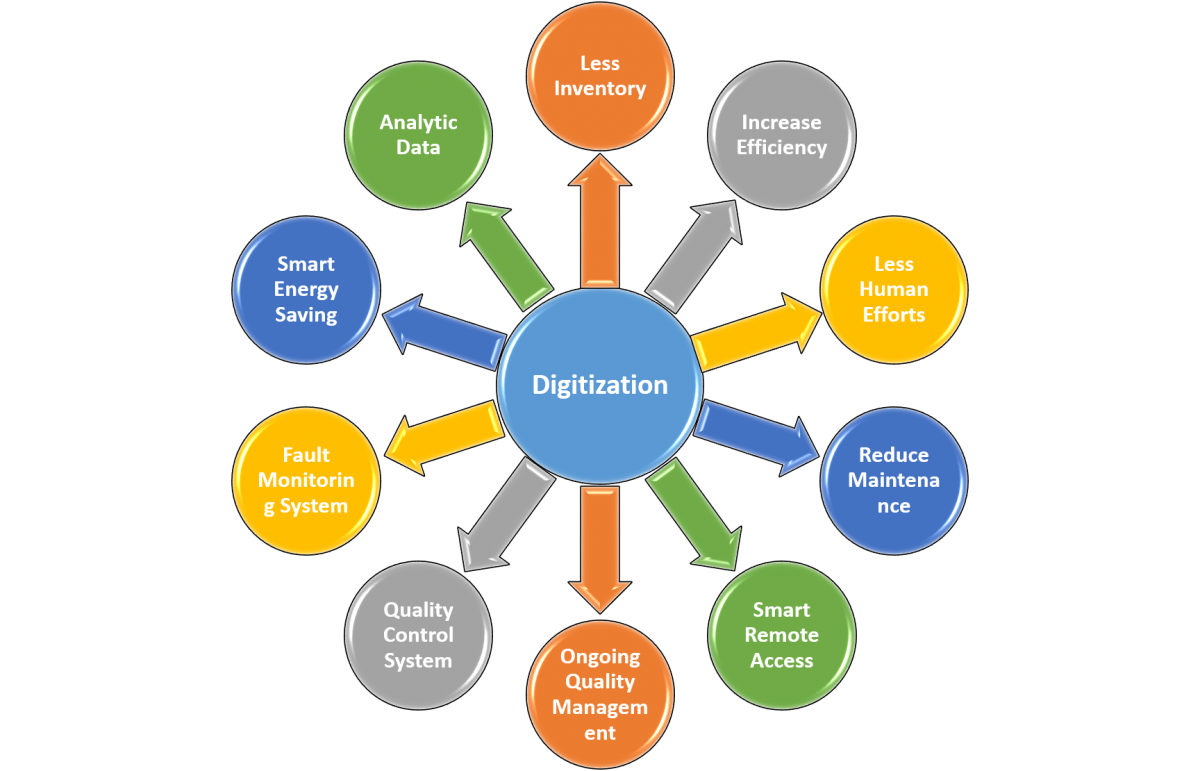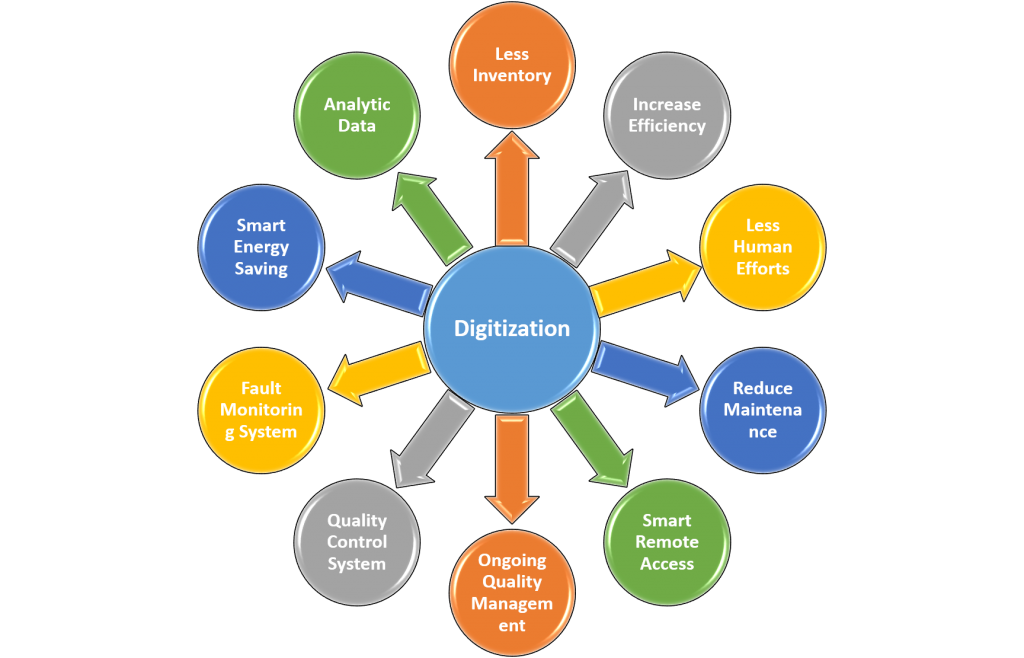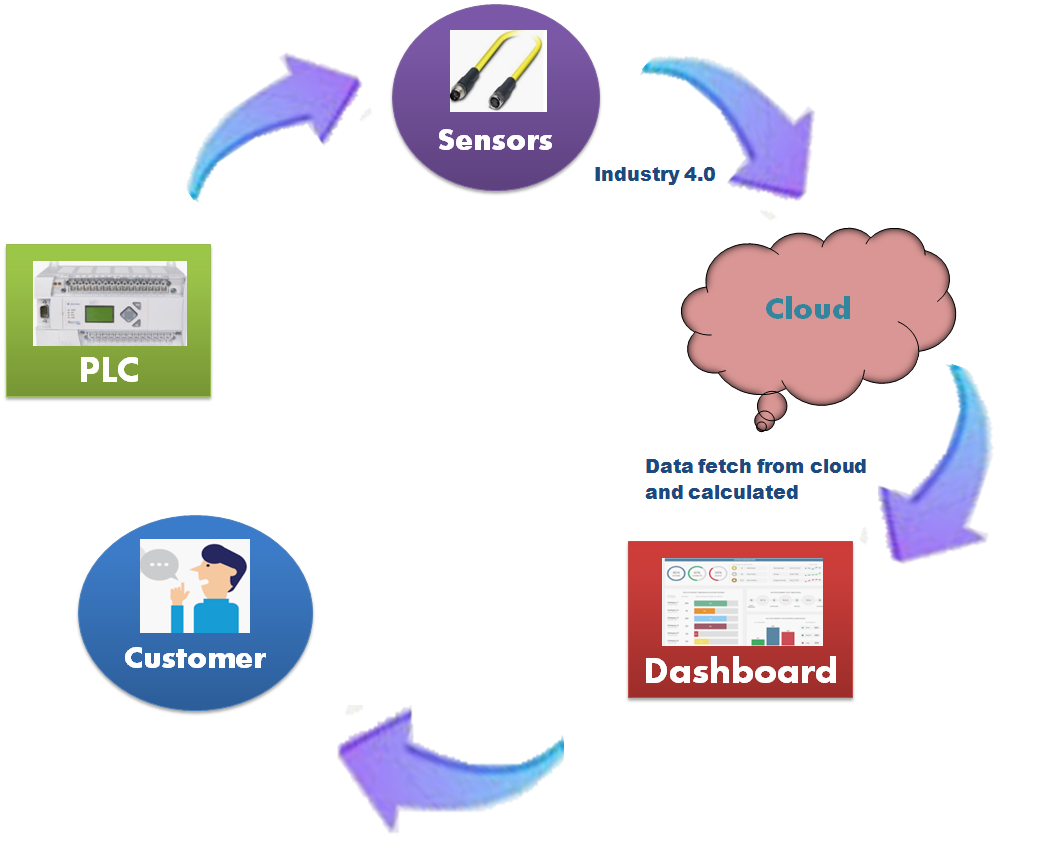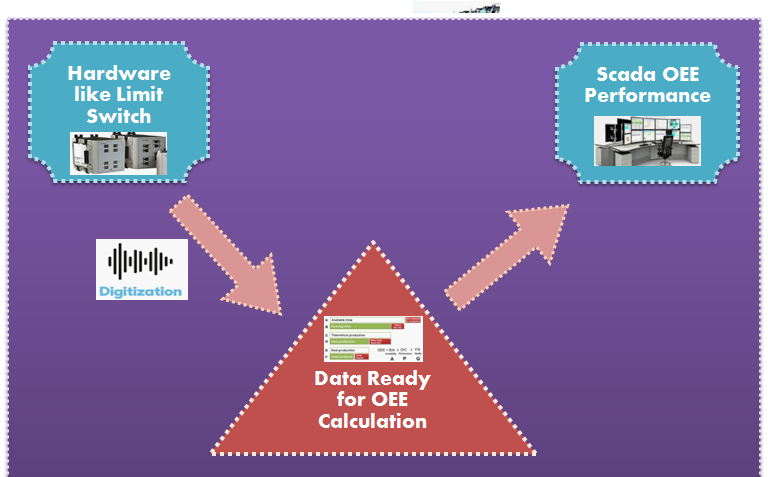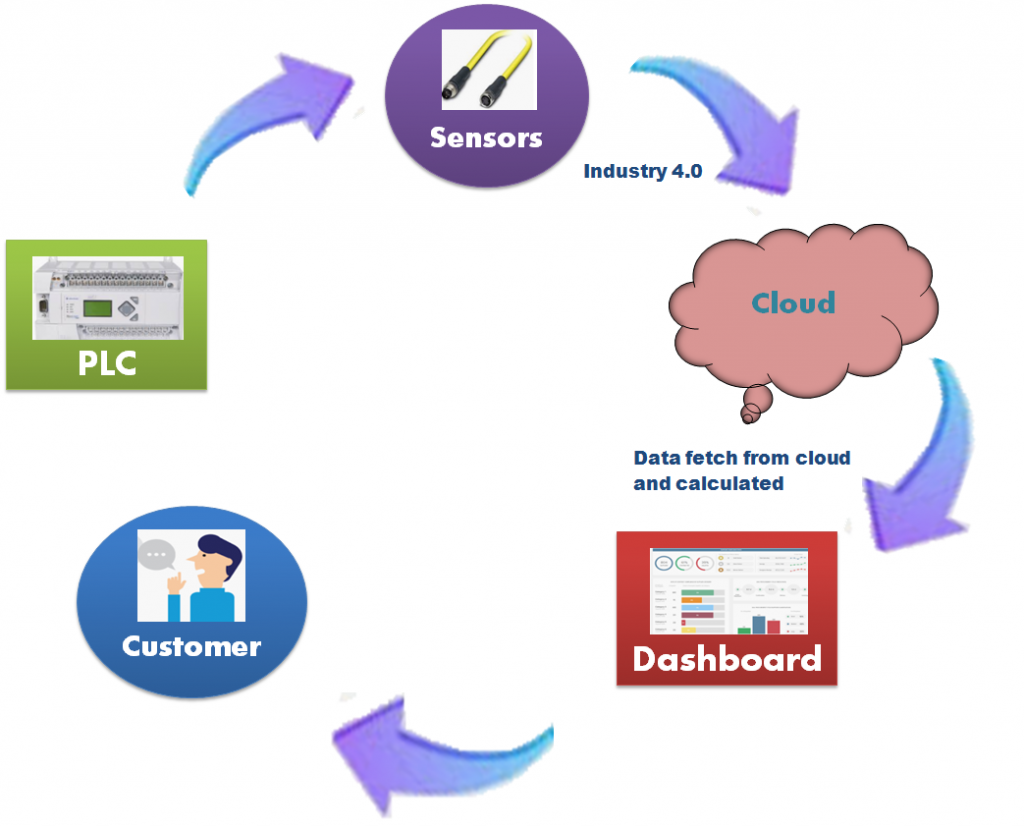Soap and Detergent Process
Process Control
The process of controlling a series of events to transform a material into a desired end product is called Process Control.
Initially Industrial process control was performed manually by operators. Their sense of sight, feel, and sound were their sensors, which was making the process totally operator-dependent.
Industrial process control is now refined with computerized controls, automation, and accurate semiconductor sensors.
Soap Production Flow Chart
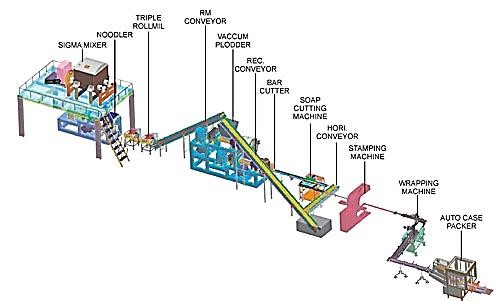
Soap Batch Process Dashboard
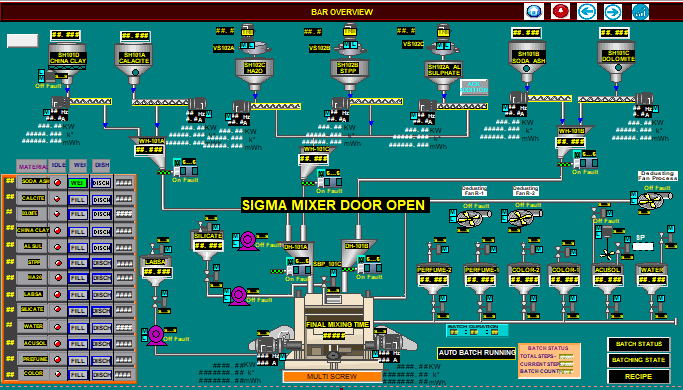
RM Section:
Ingredients are kept in DAY tanks and dispensed accordingly to Batch sequence as per selected Recipe by operator. User can Monitor and Control Both with the installed Load Cell as shown.
Dosing Process:
After Start Auto Batch / Auto Weighing time material discharge from DAY tank to fill weigh hopper and also controlled according to Batch step sequence as per selected recipe which is customized by user with specific Login ID.
Mixing Process:
All ingredients are mixed in predefined proportion and for particular time duration as per selected Recipe. Whole process controlled and monitored via SCADA or HMI.
Detergent Boon Mixer Process Dashboard
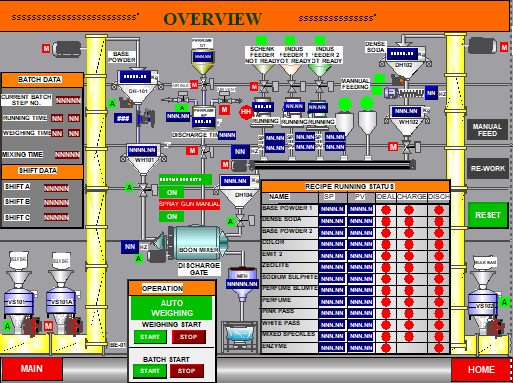
BOON Mixer
In BOON Mixer, Auto Batch Process are totally depends on the customized selected and controlled recipe which are filled from customer R&D department depending on product. Because user can use these type of Mixer for more than 3 products.
All Ingredients are dispensed and controlled by the selected recipe. User developed the mixing steps from SCADA as per Recipe and also depends on environmental condition.
Final product after completion of BOON mixing are transfer to Packaging line through Multi discharge conveyors which are also work on Priority based concept as per no. of Packaging Machines.
Batch Report:
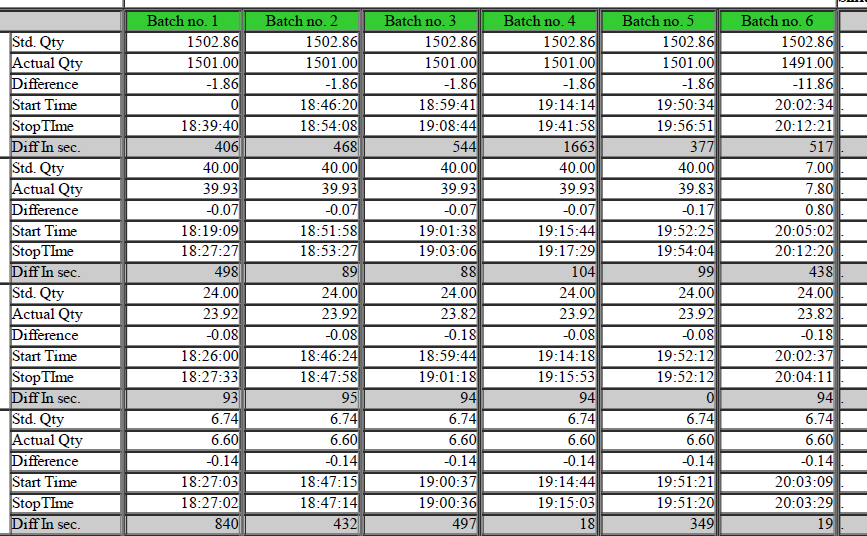
This is the sample Report format which are normally used in Batch Process Plant and also customized as per End user requirement.

